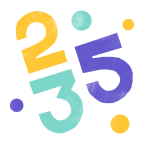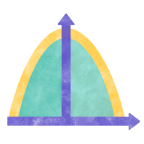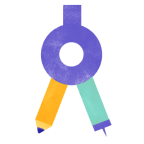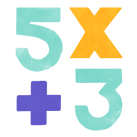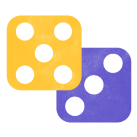Daten erheben
Lerne und übe das Erheben von statistischen Daten mit interaktiven Unterrichtsmaterialien von GeoGebra.
Sekundarstufe 1
Schulstufe 5-6
Ermitteln von absoluten Häufigkeiten
Ermitteln von absoluten Häufigkeiten.

Entdecken
Schulstufe 5-6
Wer hat die größte Schuhgröße?

Übung
Schulstufe 5-6
Lieblingsfarbe

Übung
Schulstufe 5-6
Wie viel Eis wurde verkauft?

Übung
Schulstufe 5-6
Ausflugsziel

Übung
Schulstufe 5-6
Chaos im Zoo

Entdecken
Schulstufe 5-6
Lieblingsbonbons

Übung
Schulstufe 5-6
Wie viele Socken hat Florian?

Übung
Schulstufe 5-6
Speisen im Restaurant
Sammeln und Ordnen von Daten
Sammeln und Ordnen von Daten nach verschiedenen Gesichtspunkten.
Verwandte Themen
Unterrichtsmaterialien
Entdecke eine umfangreiche Sammlung von über einer Million Mathematik- und Naturwissenschaftsaktivitäten, Übungen und Lektionen, die von unserer globalen GeoGebra Community sorgfältig zusammengestellt wurden. Tauch ein in die grenzenlosen Möglichkeiten, die dich erwarten!

Jetzt kostenlos starten und Mathe digital unterrichten oder lernen
Erstelle dein kostenloses GeoGebra-Konto, um interaktive Mathe-Materialien zu speichern, anzupassen und zu teilen – perfekt für Lehrer:innen, Schüler:innen und Eltern.
